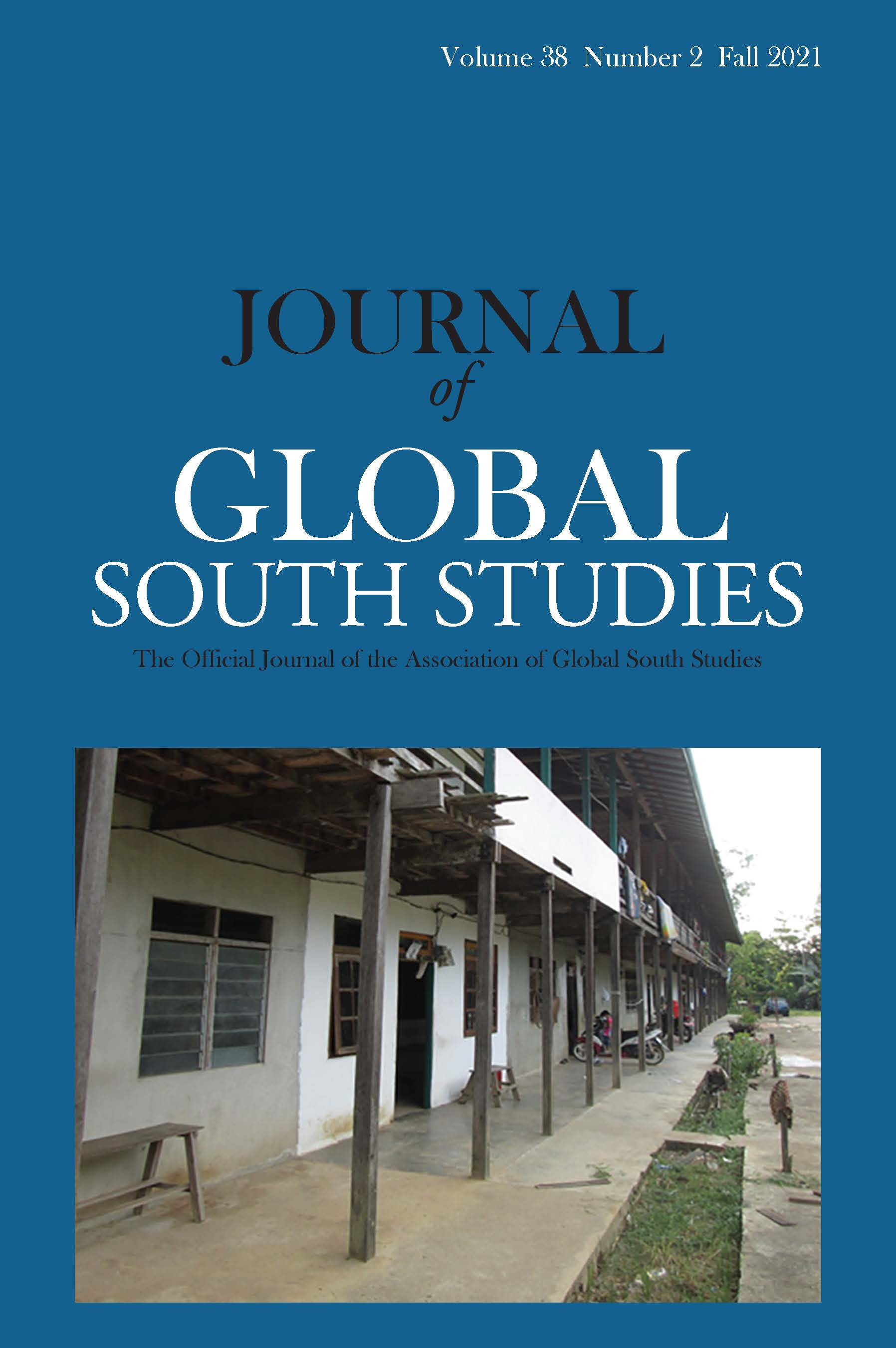Oil Palm and Livelihood Disparities in Kapuas Hulu Regency, West Kalimantan Province, Indonesia
Main Article Content
Abstract
Albert Hasudungan is a lecturer in the School of Business and Economics, Universitas Prasetiya Mulya, Indonesia. He can be reached at albert.hasudungan@pmbs.ac.id; or albert.hasdung@gmail.com.The study aims to investigate the local livelihood impacts of land conversion associated with oil palm plantations in Kapuas Hulu Regency. It asks, How does the expansion of oil palm plantations transform rural livelihood trajectories? To answer that question, sustainable livelihoods analysis (SLA) was used to measure livelihood impacts among different local community groups in three villages of Miau Merah, Janting, and Badau in Kapuas Hulu Regency. According to SLA theory, the more diversified household economic assets are, the more diversified income will be. Household assets include financial capital, natural capital, social capital, human capital, and physical capital. In the case of Kapuas Hulu, the results of this research suggest that household assets are unequally distributed among rich, middle, and poor rural households. These inequalities occurred for two reasons. First, agrarian transformation associated with oil palm brought about new environmental problems that put pressure on social bonds within rural households. Nevertheless, richer households were able to overcome these pressures by purchasing fertilizer and increasing landholdings, whereas the majority of poor households are susceptible to income loss due to limited access to land and fertilizer. The second reason relates to education. The majority of rich and middle-wealth households can access primary education and financial loans. With more livelihood assets, these households have a variety of income streams, including from skilled employment or local businesses. However, poor households, which have limited economic assets and low formal education, have limited income-earning opportunities and are usually dependent on low-skill labor on oil palm plantations.

